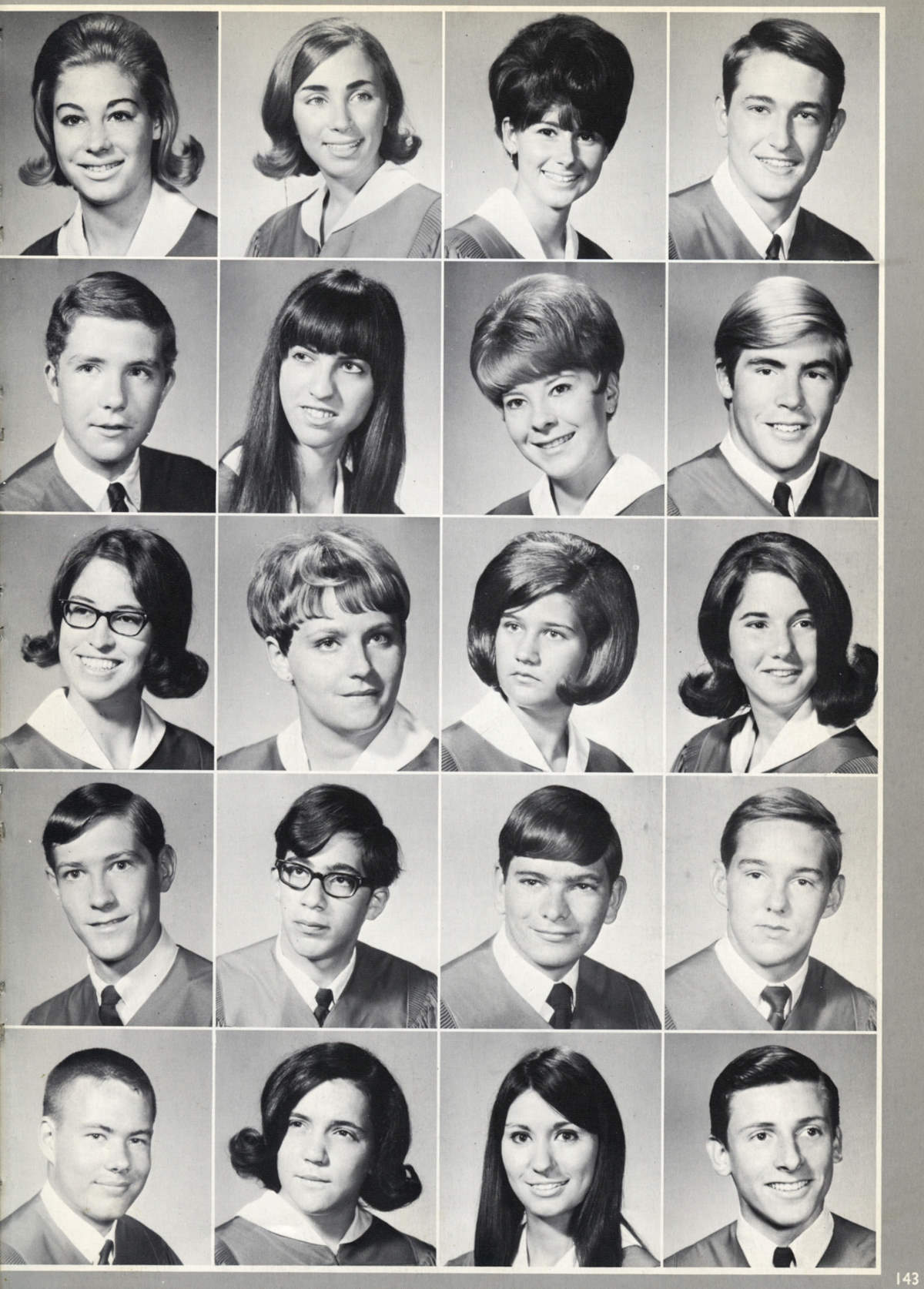Bahrick et al (1975)
 Bahrick et al carried out a study to demonstrate the reliability of memory. You can use this study in order to address the following content areas:
Bahrick et al carried out a study to demonstrate the reliability of memory. You can use this study in order to address the following content areas:
Discuss how and why particular research methods are used in the cognitive approach.
To what extent is one cognitive process reliable?
The abstract of the original study is available here.
The aim of the study was to investigate the reliability of autobiographical memory over time - specifically the names and faces of the people that went to school with us.
Nearly 392 participants aged 17 – 74 were tested. Some of the participants had been out of high school only two weeks. At the other end of the continuum, some of the participants had graduated 57 years earlier. In order for the participants to be selected, they had to be in a class of at least 90 graduates and there had to be a published yearbook available for the graduating class.
The participants were asked to do five tests:
- A free recall test: Name as many people as you can from your graduating class. Time limit of eight minutes.
- A photo recognition test: 10 cards, each with five photos. They were asked with of the five photos was taken from their own yearbook. 8-second limit. If they didn't know, they were told to guess.
- A name recognition test: 10 lists of names, each with only one name from the graduating class. Participants were asked to identify the person from their class.
- Matching tests: 10 cards each with five pictures. A name was written across the top of the page. The participants were asked to identify the correct photo to match the name.
- Picture cueing test: The participants were presented with 10 portraits one by one and asked to write down the name of the person in the photo. A 15 second time limit.
The free recall test was always given first and then participants were randomly assigned to the order of the remaining tests. For each question participants were asked to indicate their degree of confidence on a three-point scale: 3 being certain, 2 being probable and 1 being a guess.
Results of the study showed that participants who were tested within 15 years of graduation were about 90% accurate in identifying names and faces. After 48 years they were accurate 80% for identifying names and 70% in identifying faces. Free recall was worse. After 15 years it was 60% and after 48 years it was 30% accurate.
This demonstrates that memories of the names and faces of people in our past are highly reliable over time; however, it also shows that recognition is better than recall.
- This study is a cross-sectional study - that is, not a longitudinal study. Therefore, we cannot account for participant variability. However, because of the large sample size, we are able to establish a trend in the data that demonstrates that facial and name recognition has high reliability.
- Bahrick made use of participants' existing memories and the memories could be verified through the use of the yearbooks.
- The memory of faces and names is a very specific type of LTM and may not generalizable to other types of memory.
- Since the participants provided their own yearbooks, there may be some contamination, even though the participants promised not to look through the yearbook prior to the study.

 IB Docs (2) Team
IB Docs (2) Team
